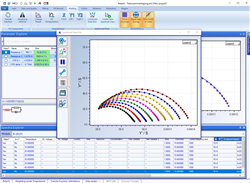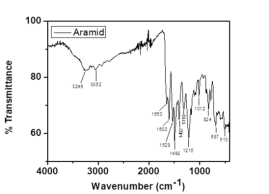About “Analyzetest” team
Welcome to Analyzetest.com, a team of experienced researchers dedicated to providing high-quality experimental analysis services to researchers in different fields. Our team has been actively working with Middle East researchers since 2019 and has recently expanded our services to an international audience through our English and Arabic languages website, “Analyzetest.com”.
At Analyzetest, we understand the importance of accurate and reliable experimental data in research. That’s why we offer a wide range of experimental analysis services, including FT-IR, FE-SEM, TEM, UV-Vis, Raman, TGA, XRD, VSM, EIS, and more. Our team is dedicated to providing professional interpretation of experimental data and assisting researchers with paraphrasing papers to ensure clear and concise communication of their findings.
In addition to our analysis services, we also offer assistance in buying and selling laboratory instruments and chemical materials. Our team is always available to provide expert advice on experimental analyses and help researchers achieve their research goals.
At “Analyzetest.com”, we are committed to maintaining the highest standards of integrity and credibility in our work. We believe that honesty and transparency are essential for building trust with our clients and ensuring the success of their research. Contact us today to learn more about our services and how we can assist you with your experimental analysis needs.
How to analyze …?
XPS, FT-IR, XRD, UV-Vis, EIS, TGA, Raman, SEM, TEM, EDS, VSM, EDS, XRF, AFM, ... (contact us)
Services

How to interpret “EIS” spectra?
Click here to see more posts about EIS Only 10 $ for interpretation of your EIS spect...
Read More
How to analyze “XPS” spectra?
Click here to see other posts about XPS Only 10 $ for interpretation of each element ...
Read More
Free software for FTIR analysis
Click here to see other posts about FT-IR Only 10 $ for interpretation of your FT-IR ...
Read More
How to analyze “XRD” patterns?
Click here to see other posts about XRD Our XRD interpretation includes: 1. Phase d...
Read More



